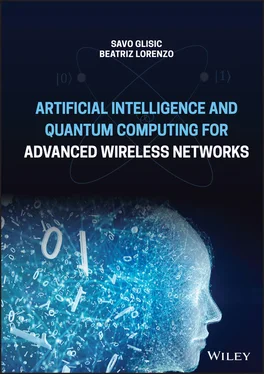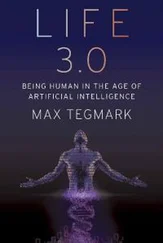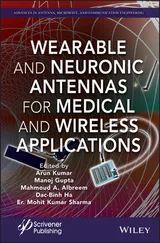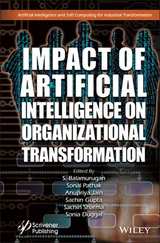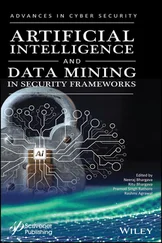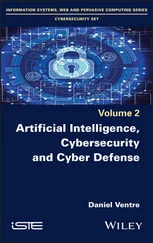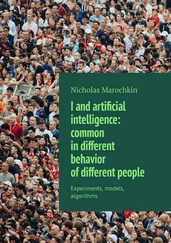With the recent advances in quantum information and QC, there has been a trend of formulating classical game theory using quantum probability amplitudes toward analyzing the impact of quantum superposition, entanglement, and interference on the agents’ optimal strategies [65]. Quantum game theory (QGT) in general replaces the classical probabilities of game theory with quantum amplitudes by creating the possibility of new effects arising from entanglement or superposition. The main difference between the classical game and the quantum game is that classical games perform calculations in the probability space, whereas quantum games operate in the Hilbert space. Quantum game theoretic techniques can be utilized for investigating suitable solutions in quantum communication [66] and quantum information processing [67]. In this regard, an article [65] provided an introduction to quantum theory along with some related works and discussed some well‐known quantum games including the quantum penny flip, Eisert’s quantum prisoners’ dilemma, and quantum Parrondo games. Furthermore, a recent article [68] analyzed the existing works on quantum games from three perspectives, namely, co‐authorship, co‐occurrence, and co‐citation, and also reviewed the main quantum game models and applications. Under this umbrella, the chapter discusses QGT, definitions, quantum games, a design example (quantum routing games), quantum game for spectrum sharing, QDT, a model (QDT), predictions in QDT, utility factors, and classification of lotteries by attraction indices.
Chapter 15(Quantum Computing in Wireless Networks): In this chapter, we discuss several examples of wireless network design based on the tools enabled by quantum computing. Both satellite and terrestrial networks are considered. Traditional security techniques mostly focus on the encryption of communication, where security depends on the mathematical complexity. However, encryption methodologies are becoming less reliable as eavesdroppers and attackers are gaining powerful computing ability. As already discussed in Chapters 8and 11, quantum cryptography is a new cryptographic technology for generating random secret keys to be used in secure communication. Quantum cryptography can provide communication security based on the laws of quantum physics (e.g., the no‐cloning theorem and uncertainty principle). However, the quantum key has to be distributed over the communication network to be used by the senders and receivers.
Reference [69] demonstrated the feasibility of quantum key distribution (QKD) over optical networks. Such a QKD network can be constructed by distributing end‐to‐end secret (quantum) keys through trusted repeaters (e.g., based on the point‐to‐point BB84 protocol). References [70, 71] also reported such optical‐fiber‐based QKD networks, used to secure metropolitan and backbone networks. Recent studies discussed about the integration of QKD and classical networks, such as QKD over wavelength division multiplexing (WDM) networks [72, 73] and QKD‐enabled software‐defined networks (SDN) [74]. While implementing QKD in terrestrial optical networks, distributing secret keys over a long distance (e.g., across the globe) is challenging. Single‐photon signals transmitted over long‐distance optical fiber suffer from high losses and depolarization. Hence, carrying the keys using optical fiber over long distances (e.g., 1000 km) is not an effective solution [75].
To address these limitations, an experimented free‐space QKD has been studied in recent years. In contrast to optical fibers, the free‐space photon will experience negligible loss in vacuum, making it feasible to distribute secret keys over thousands of kilometers. Although the optical beam of a satellite‐to‐ground link can suffer from atmospheric loss, most of the space is empty, which makes the channel loss less than that for a long fiber [75, 76]. The quantum satellite Micius , launched in 2016 for quantum communication experiments, has successfully demonstrated satellite‐to‐ground QKD using single‐photon source [77]. In 2017, a ground free‐space QKD experiment was conducted using telecom wavelength in daylight and demonstrated the feasibility of inter‐satellite QKD in daylight [78, 79]. Therefore, satellite‐based QKD is a promising method for distributing quantum keys between two ultra‐long‐distance parties on the ground.
Since the coverage and flyover time of one satellite is limited, a group of quantum satellites can be used as trusted repeaters to serve ground stations. Recently, researchers have proposed a “network of quantum satellites” to realize global‐scale quantum communications [80, 81]. The authors of [78] proposed a QKD satellite networks architecture based on quantum repeaters. The researchers also proposed the trusted‐repeater‐based satellite QKD scheme [79–83]. Their scheme is based on BB84 protocol since quantum repeaters are still far from being implemented. Reference [84] investigates the possible schemes of free‐space QKD using inter‐satellite links and analyzed the properties of satellite‐ground links. These studies motivated the concept presented here [85], which is a contribution toward the advancement of the state of the‐art in satellite‐based QKD networks.
Prior studies envision that a quantum‐capable satellite constellation can be formed to construct global QKD (similar to traditional satellite constellations such as IRIDIUM [86]). In recent proposals, quantum satellites will use a low earth orbit (LEO) to benefit from its low channel loss. But a LEO satellite can access a particular ground station for a limited time of the day [87]. This limited coverage may lead to a shortage of secret keys between satellite and ground. By contrast, geostationary earth orbit (GEO) satellites can access ground stations continuously, all day. However, their signal can suffer from high channel loss and a limited key generation rate.
In 2017, German researchers successfully measured quantum signals that were sent from a GEO to a ground station [88]. Italian researchers have also demonstrated the feasibility of quantum communications between high‐orbiting global navigation satellites and a ground station [89]. The Chinese Academy of Sciences has future projects to launch higher‐altitude satellites [77–79]. According to the researchers, the future quantum satellite constellation will comprise satellites in high and low orbits [90]. Thus, combining both GEO and LEO satellites to build QKD networks is a research direction worth exploring. Within this scope, in this chapter we will address the following problems: quantum satellite networks, satellite‐based QKD system, quantum satellite network architecture, a routing and resource allocation algorithm, QC routing for social overlay networks, social overlay networks, a multiple‐objective optimization model, QKD Networks, QoS in QKD overlay networks, adaptive QoS‐QKD networks, and a routing protocol for QKD networks.
Chapter 16(Quantum Network on Graph)
To fully benefit from the advantages of quantum technology, it is necessary to design and implement quantum networks [91, 92] that are able to connect distant quantum processors through remote quantum entanglement distribution. However, despite the tremendous progress of quantum technologies, efficient long‐distance entanglement distribution remains a key problem, due to the exponential decay of the communication rate as a function of distance [93, 94]. A solution to counteract the exponential decay loss is the adoption of quantum repeaters [95, 96]. Instead of distributing entanglement over a long link, entanglement will be generated through shorter links. A combination of entanglement swapping [97] and entanglement purification [98] performed at each quantum repeater enables the entanglement to be extended over the entire channel. Now a simple question arises: “when does a repeater ensure higher entanglement distribution over the direct long link?”
Читать дальше
